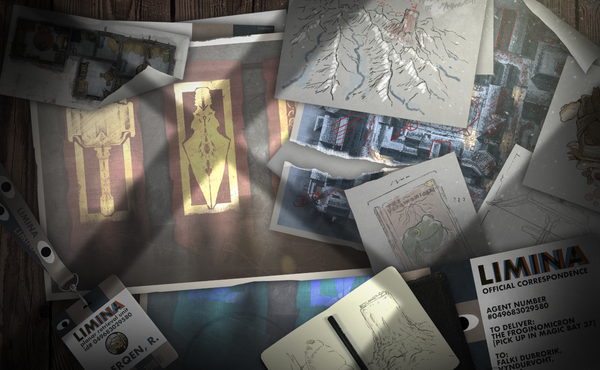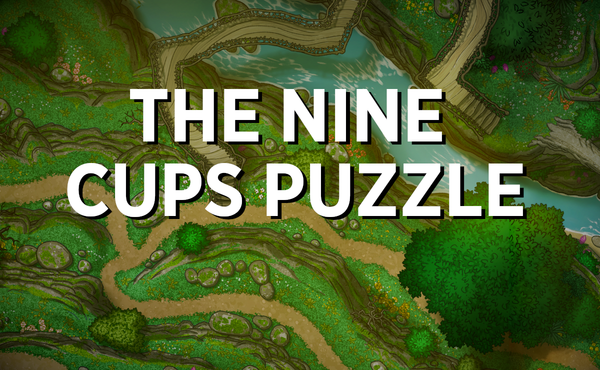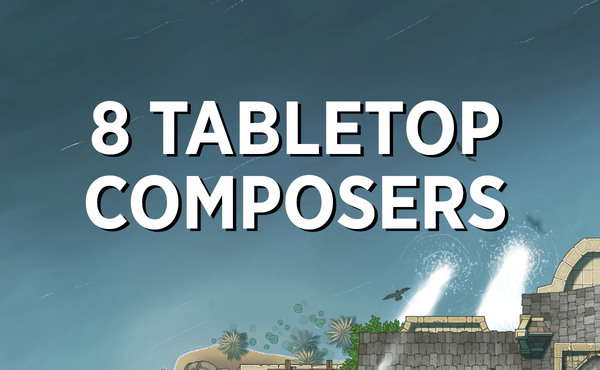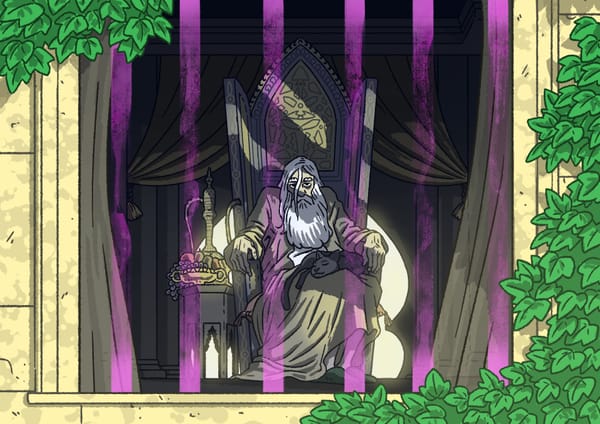Justify Tabletop Combat With Genre
If your party won’t engage in violence, consider tweaking the genre to make combat seem more reasonable.
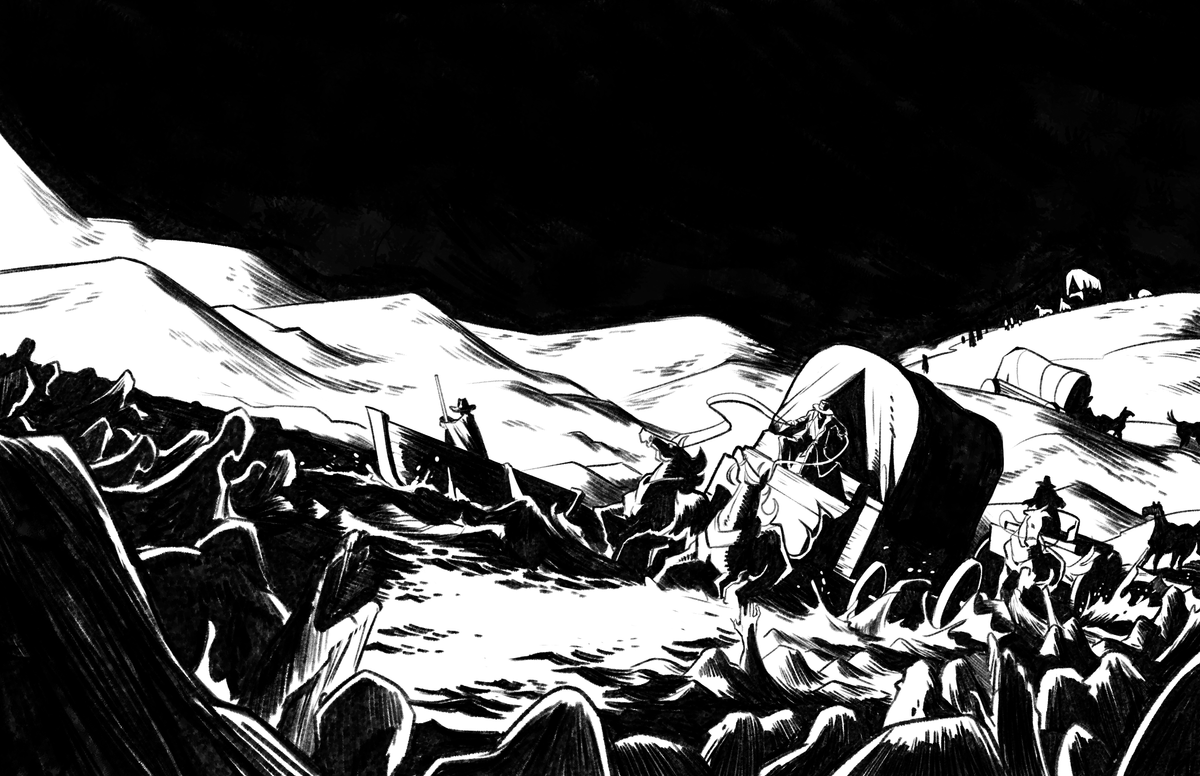
If your party won’t engage in violence, consider tweaking the genre to make combat seem more reasonable.
I believe the common stereotype of the “murderhobo” party is not nearly as ubiquitous as TTRPG discourse and countless Reddit threads suggest it is. Yes, young players might relish the opportunity to inflict violence against every NPC they meet, especially when their chosen tabletop ruleset seems to encourage this behavior—looking at you, D&D. Yet, in my experience, the opposite phenomenon is just as common. Despite the chapters and chapters of rules about conducting combat in so many TTRPG rulesets, some parties will do everything possible to resolve all tensions peacefully.
Is that bad? Well, in a moral sense, obviously not. In a real world scenario, attempting to defuse, compromise, and cooperate as often as possible is usually the best course of action. Is it bad in a “let’s have as much fun as possible” sense? Sometimes! It can often be very satisfying to find a nonviolent solution to a seemingly intractable issue in a tabletop campaign. However, strategic and narratively motivated combat is one of the most compelling parts of our hobby. Fighting is fun!
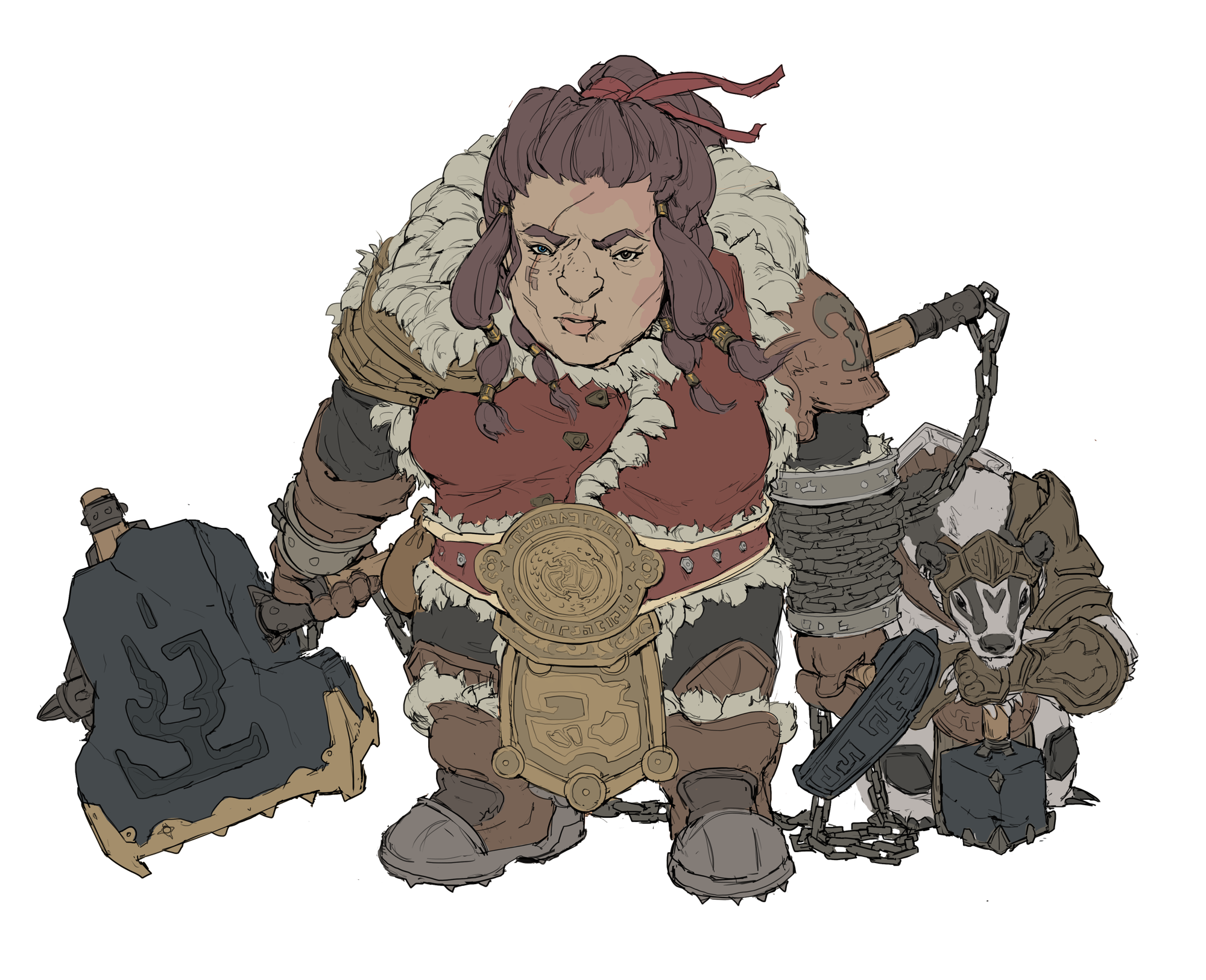
In video game design, there’s a notion that players will often work against themselves if given the choice. They’ll find an optimal strategy that wins encounters efficiently, but not in a manner designed to be maximally rewarding. Cheese tactics and save scumming might get a player through the game, but it won’t be as fun as engaging with the content as intended.
I find that this is also the case for players avoiding combat in tabletop games. They know that fighting is fun (!), but they repeatedly find ways to eliminate that possibility out of a sense of morality, expediency, or some notion that nonviolence is what the other players want—even if that’s not true at all. Maybe they’ve played too many CRPGs where winning through diplomacy nets the greatest reward without draining any consumables, or maybe they just don’t want to get pigeonholed as the lone psychotic murderhobo in the friend group.
Why not score this article with our album of crunchy combat music?
Countering Nonviolence
As a GM, it can be difficult to counter a party that constantly wants to talk their way out of violence. On one hand, if they’re being sensible and offer logical reasons to avoid fighting, it stands that most levelheaded opponents would accept their logic. Unless all of your villains are brainless bloodthirsty monsters—which can be totally fine, by the way!—intelligent villains will know when to avoid fighting also.
But, again, that kinda sucks! Fighting is fun! So what can we do about that? How do we get your players to choose violence?
I suspect a big part of the reason why nonviolent approaches in TTRPG gaming have become so popular is because of how morally gray much of popular fantasy media has become. There are very few purely good or evil characters in Game of Thrones, The Witcher, or the works of Joe Abercrombie, N.K. Jemison, etc. Excellent writers have elevated fantasy beyond the homogenizing tropes of yesteryear, and the genre is richer for it.
But tabletop narratives are not the same as novels, video games, films, or television. They are not just interactive, but cooperatively interactive. The urge to do what’s “right” in a morally gray world can lead to challenging questions, but it can also rob your friends of a bad-ass boss encounter. When a world is morally ambiguous, any violence at all seems wrong. A world with no true villains is a world in which every man slain is a man who could have been redeemed. In short: modern morally ambiguous fantasy is not the best genre for tabletop adventures in which you want your players to routinely engage with the combat without feeling like the bad guys.
An easy option to rectify this issue is to throw combat at your party that solely involves foes that cannot think for themselves: automatons, beasts, the possessed, avatars of pure evil, etc. This works, but when all combat is against foes who do not think, the narrative significance of combat is cheapened. There are no stakes beyond "avoid dying" when fighting endless waves of foes with no considered point of view. You've replaced one banal moral certainty ("killing is bad") with another ("it's okay to kill creatures that are not moral agents").
A better option is to employ the trappings of other genres to make violence seem either reasonable or inevitable. I often like to give my campaigns genre themes to help focus the narrative and give inspiration for player choices. For example, I ran a sprawling pirate-inspired campaign in a post-apocalyptic fantasy world that ran for 3 years. While the theming eventually got a little muddled as world-ending plots emerged, the spirit of nautical swashbuckling fun remained more or less consistent through to the end. Likewise, I’m currently running a frontier adventure inspired by classic Western fiction for the same group of friends. While frontier stories are typically fraught with explicitly racist and colonialist tropes, a deftly handled narrative (with some bonus mechanics I’ll explain in a future post) can steer the action toward themes of rebellion, outlaw justice, and satisfying anticolonial violence.
Establishing a focused genre for your campaign—or even a brief campaign arc—can help to clarify what actions are considered expected and acceptable for your party. In the absence of proper framing, your friends might see violence against authority figures as a last resort for when negotiations break down, but put the party and those same authority figures in a dusty Western boom town, and all of a sudden a climactic shootout seems not only justifiable but fated and satisfying.
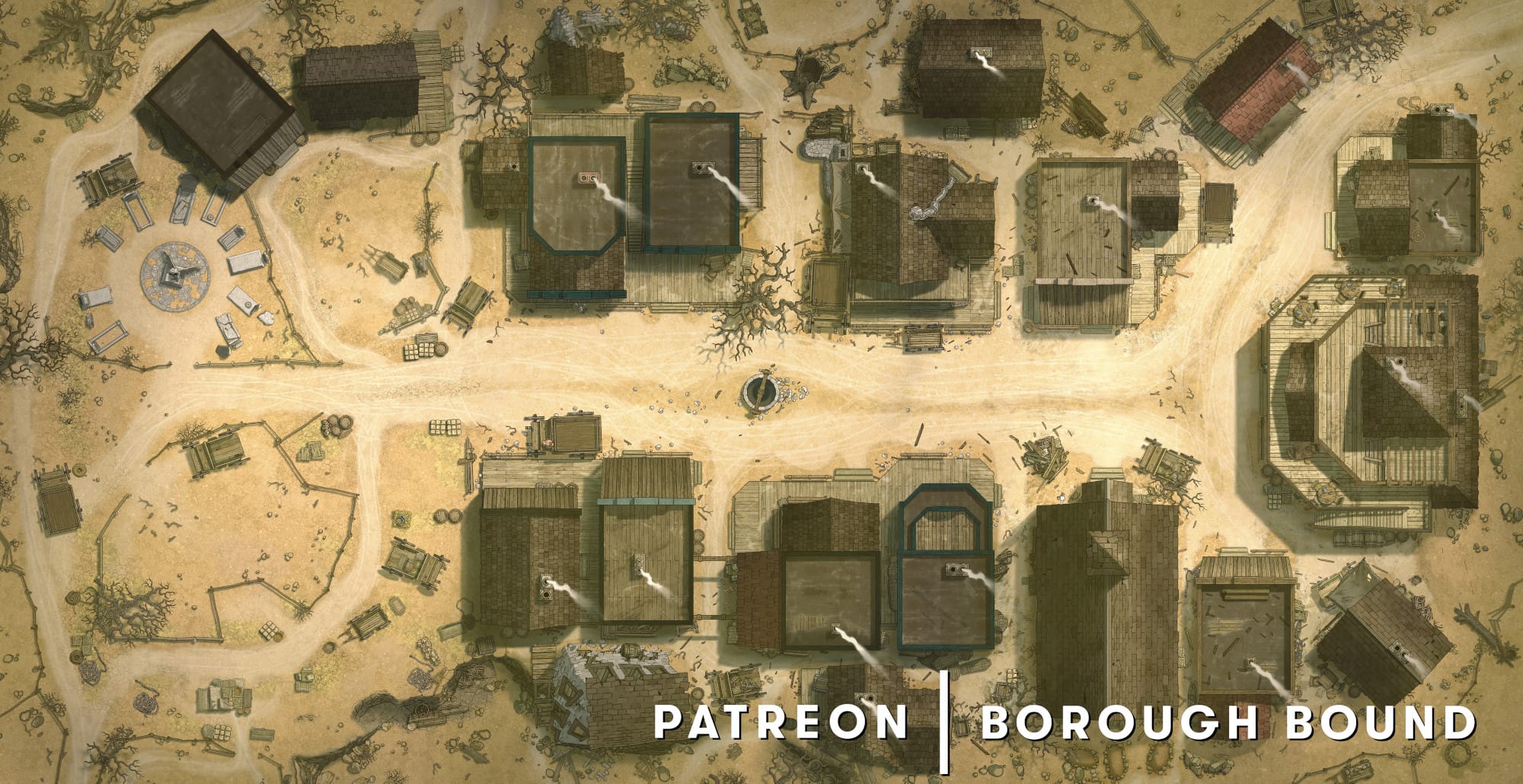
Employing Genre
Let’s examine a few genres that you can layer on top of your TTRPG campaign and how they might help encourage your players to actually do some fighting:
Western. Your players are operating on the frontier… not necessarily the actual American frontier in the 1800s, but some sort of fringe and unexplored territory. People from an economically advanced sovereign state are pushing into that frontier, and life in this new territory is rapidly changing. The “law” is not as established as it is in great cities back in more familiar civilization. Instead, your party has to fend for themselves, live off the land, and try to do what’s right and/or get rich in a harsh world. Duels and shootouts are reasonable ways to settle arguments. Saloon brawls are commonplace. The corrupt sheriff, oil tycoon, or outlaw gang leader needs a bullet in his brain.
Wuxia/Kung Fu. Your players live in a feudal world. They have studied both ethics and martial arts. Fights are more symbolic than literal; there is no intent to kill, but merely to demonstrate mastery or prove a philosophical point. Expendable thugs fall offscreen, and there is no implication that your players are actually murdering hundreds of warriors. Even when your players have lofty ideals, the villains simply must get beaten up, because that is what the genre demands. Every conflict is a conflict of ideology, and every scene is an excuse for an outrageous cinematic fight.
Zombie Apocalypse. A wave of undead terrorizes a town. There is no reasoning with them. Your players must mow through their ranks. If there is a mastermind behind the zombies, that mastermind is cartoonishly evil but also clever and conniving. Conflict with other survivors is inevitable, and sometimes unreasonable people must be dealt with. This apocalypse demands that your party make hard decisions, and the threat of ever-encroaching hordes means that they won’t often have time to think before pulling the trigger, even on a former friend.
Pirate Adventure. Your players travel the high seas. They have a strict code of ethics… perhaps one that nevertheless allows for them to commit violence against ships that choose to fight back. As in the Western genre, the “law” is a much more tenuous thing on the open water. If and when your players become wanted pirates, they can always keep sailing away from pursuing threats. Maybe the emphasis is on the fun and camaraderie of the crew, or maybe it’s on the mysterious secrets of the archipelago. In either case, you didn’t put cannons on your ship for nothing.
The right music can help get your players in the headspace for a given genre. We have dozens of Spotify playlists that will help establish genre and tone, like this pirate-themed selection.
Summing It Up
There’s an impossibly long list of other examples that might work well if you’re struggling to get your players to engage in some combat: war epic, kaiju disaster, monster-of-the-week, etc. My point here is that establishing a consistent genre—if only for a given quest!—focuses what is expected of your players and encourages them to pick the fights you want them to pick.
In the past, standard Western fantasy was a perfect vehicle for tabletop violence specifically because it was so filled with tropes, especially unambiguous heroes and villains. As writers have transformed fantasy into something both extremely popular and also quite a bit more progressive and nuanced, tales of pure heroism don’t have much room for cathartic bloodbaths. Even if you’re running a traditional fantasy campaign, considering borrowing the tropes from adjacent genres to get your players in the fighting spirit.

